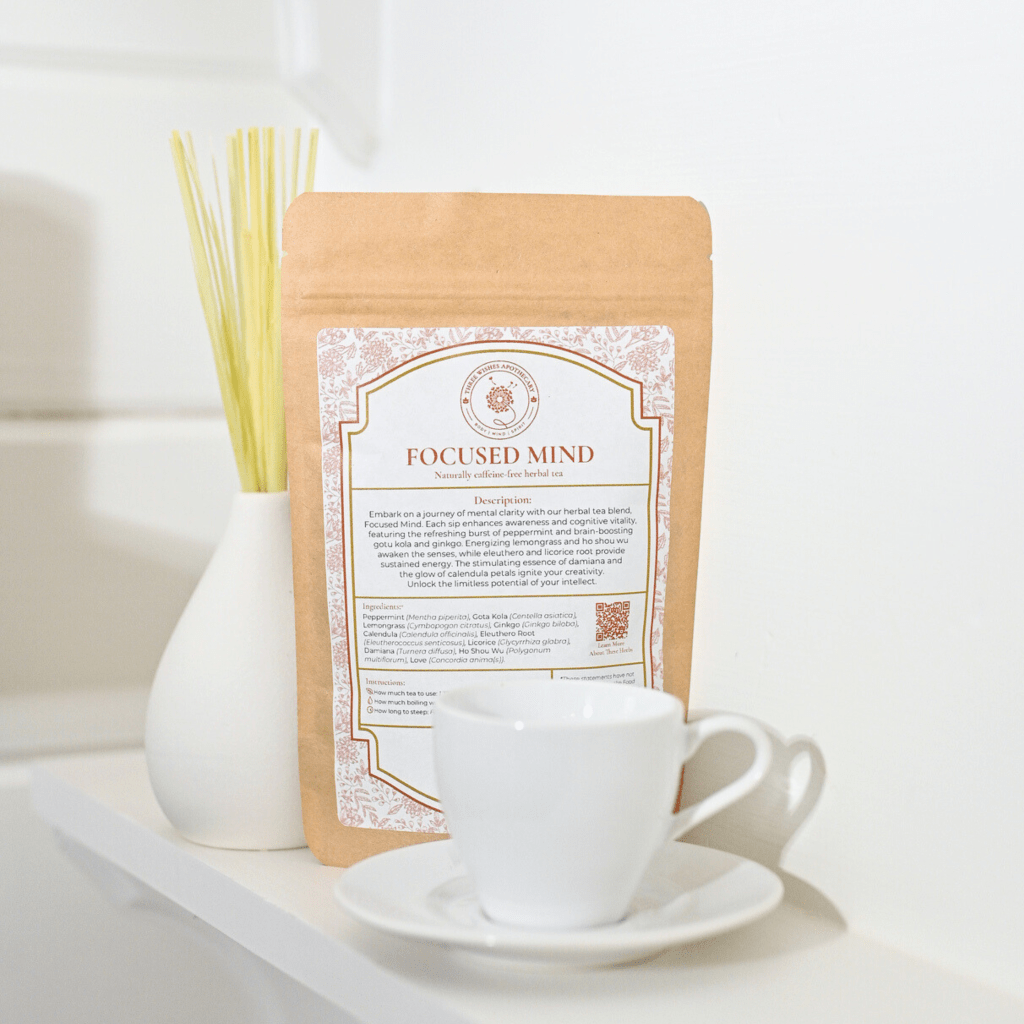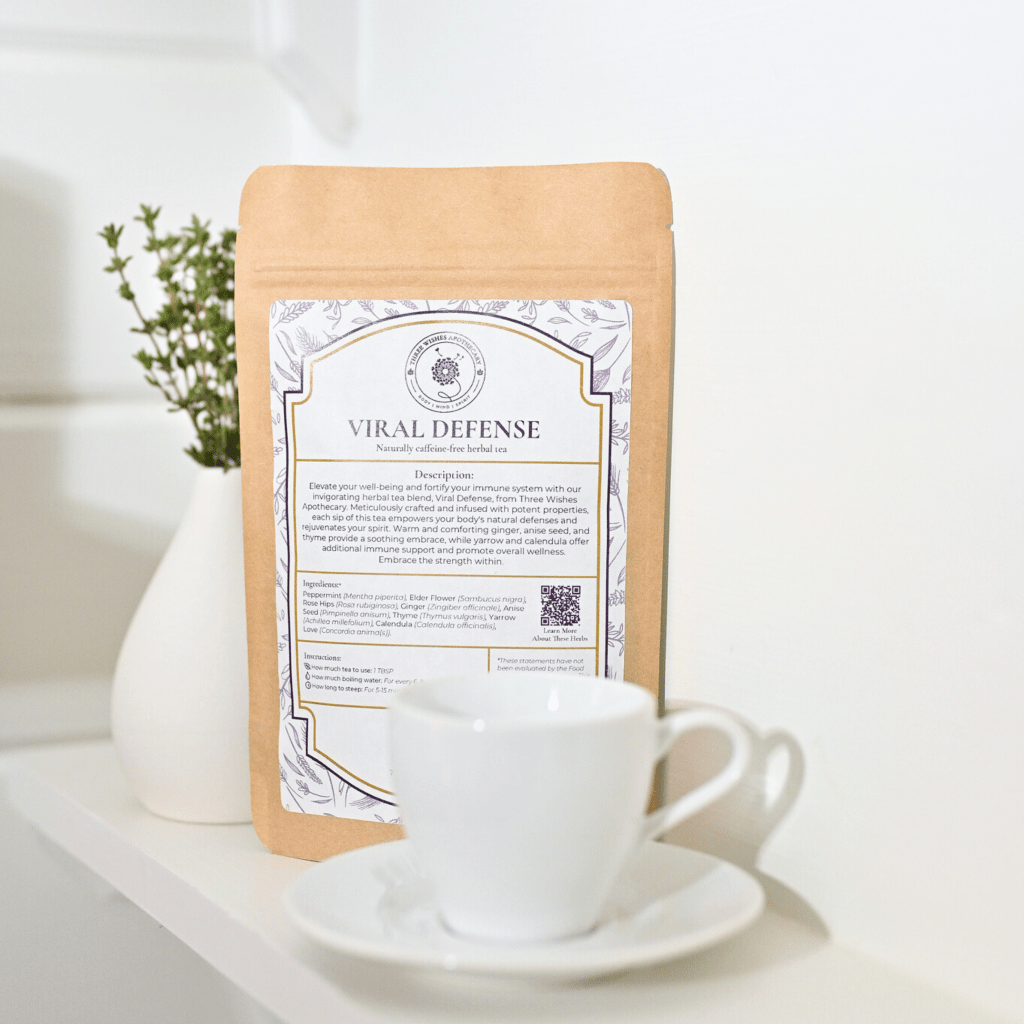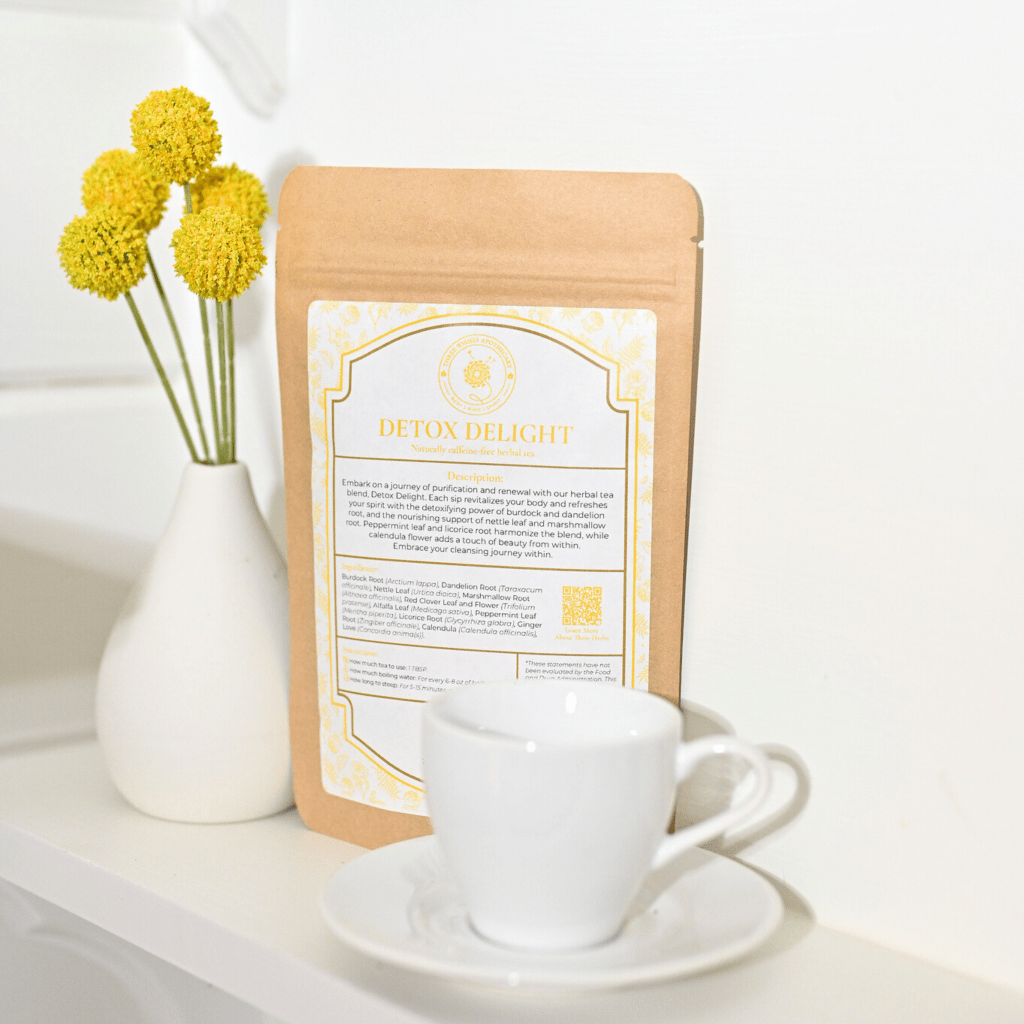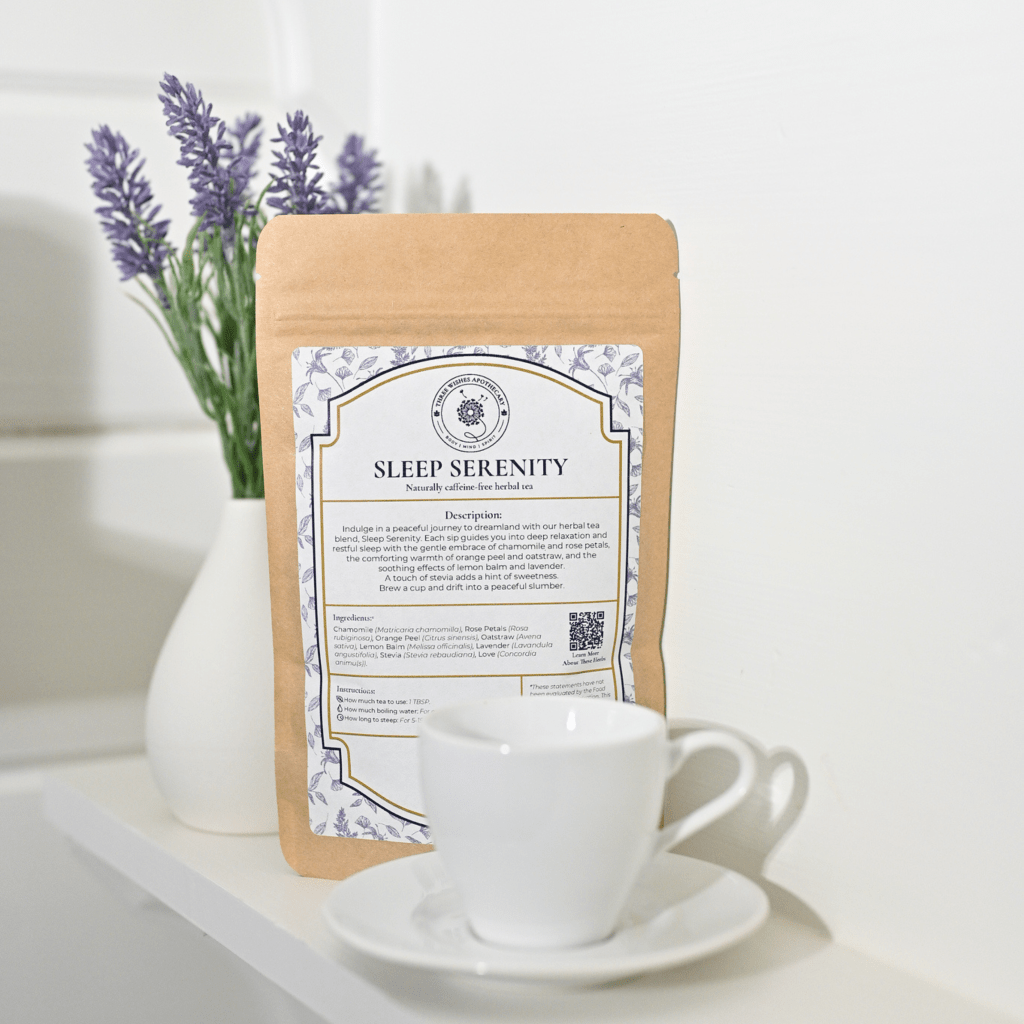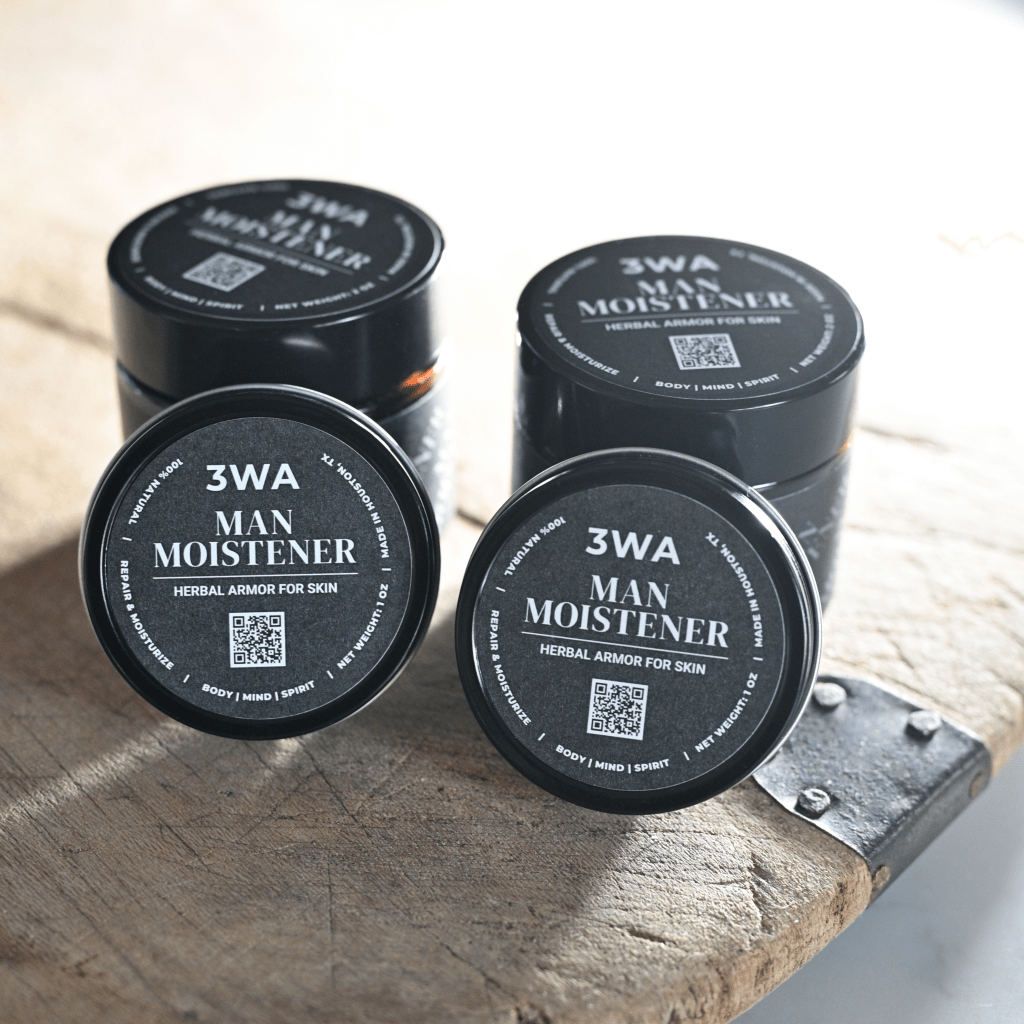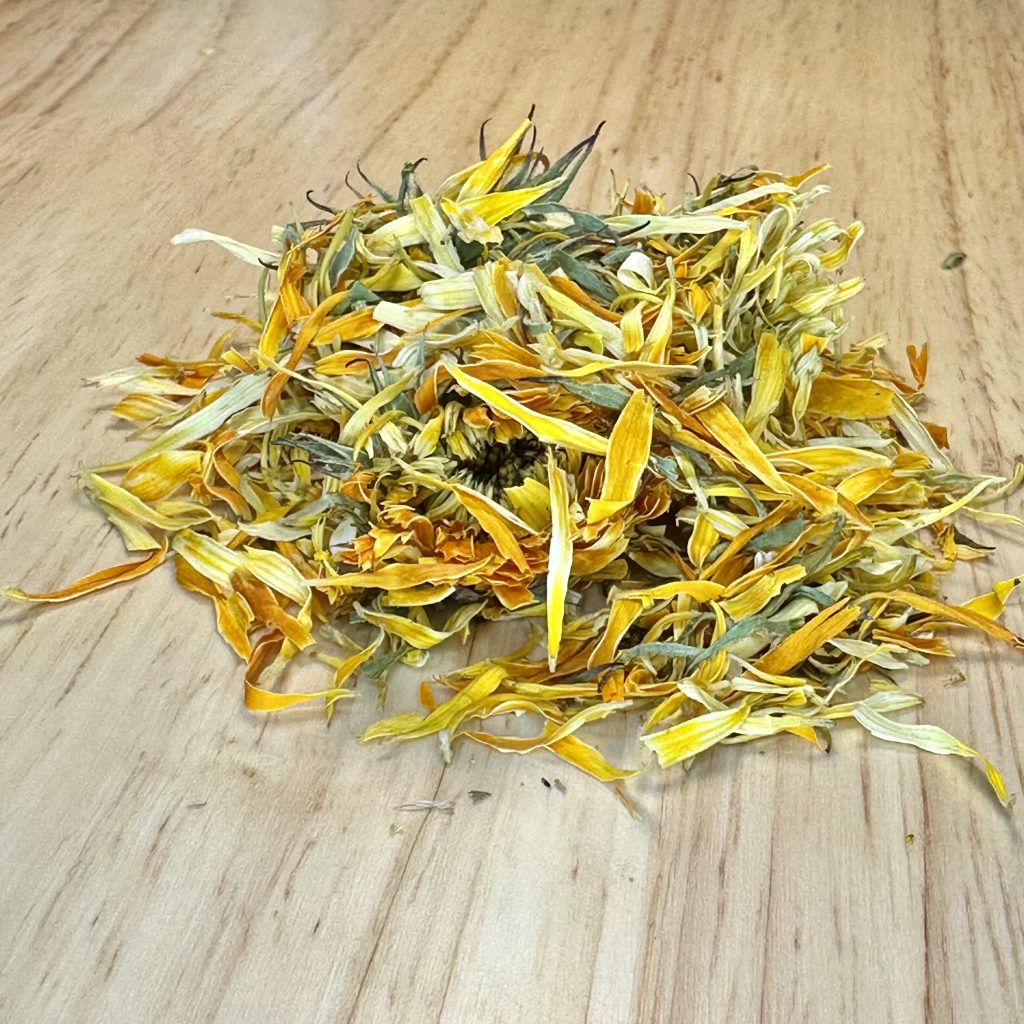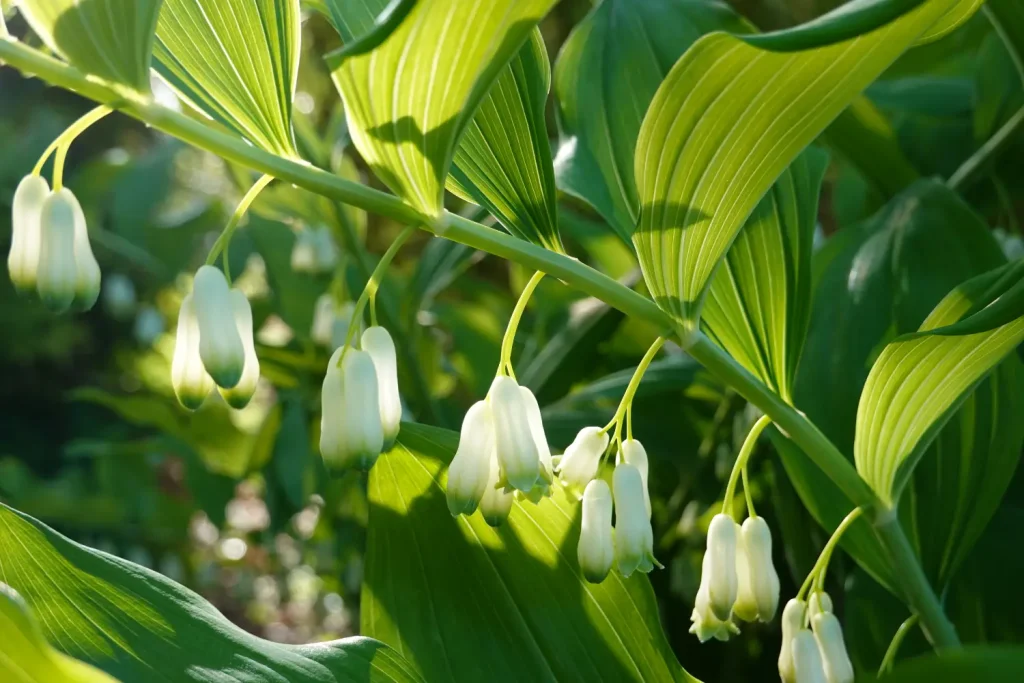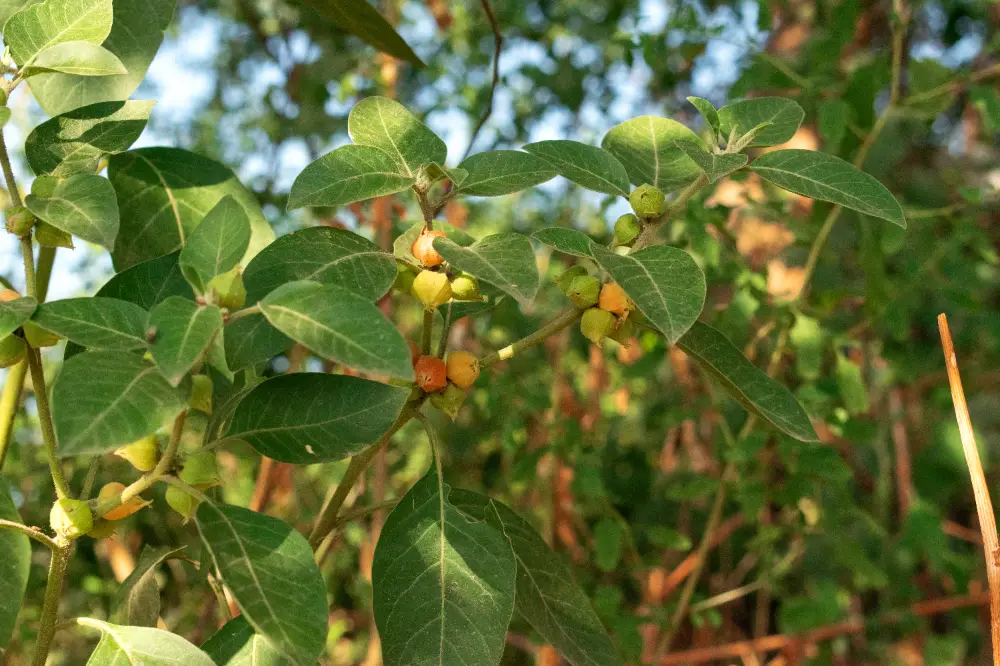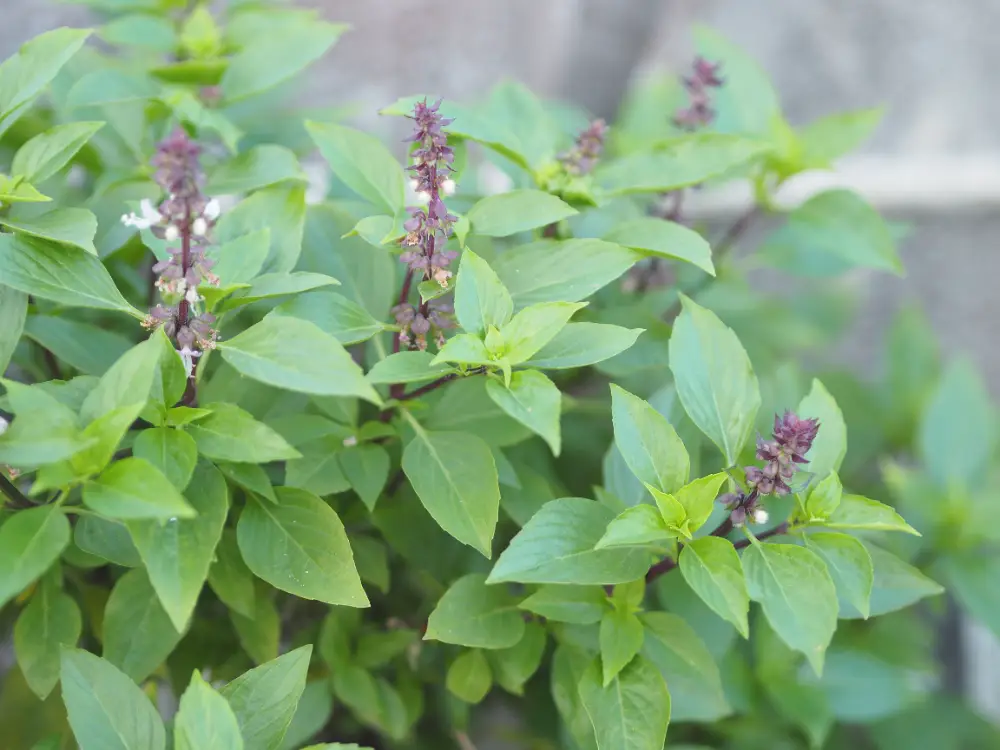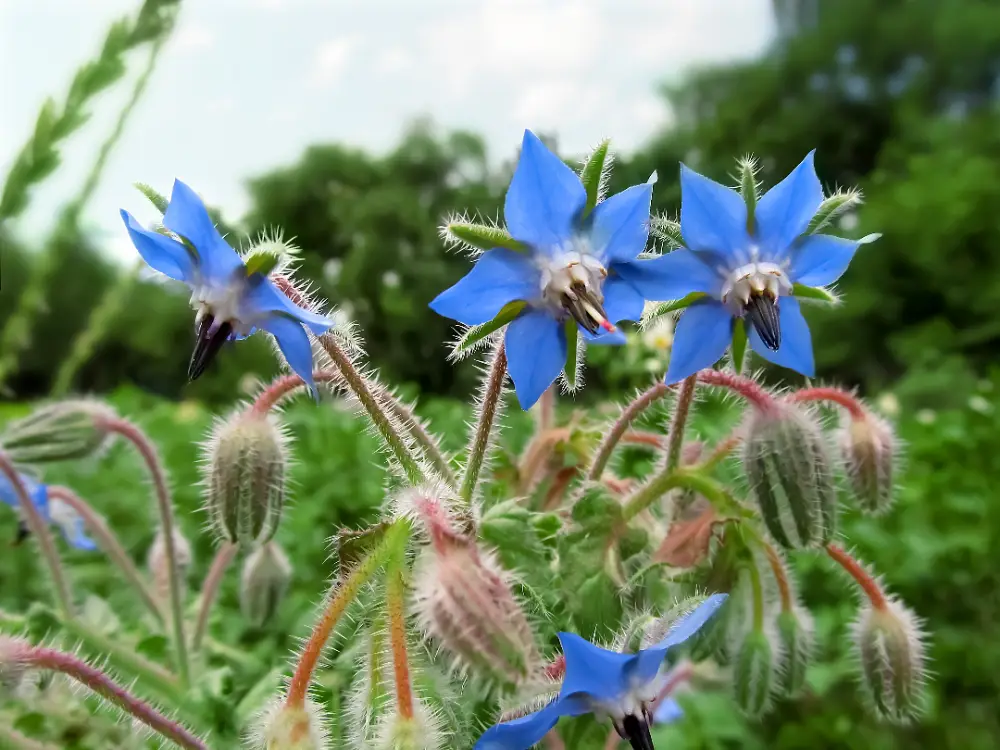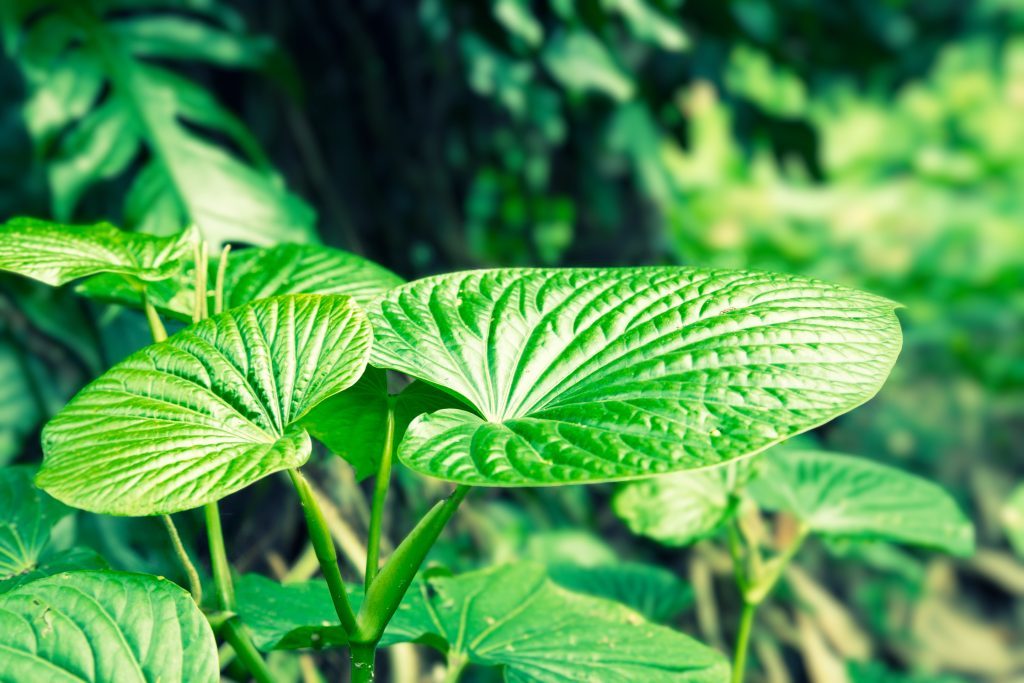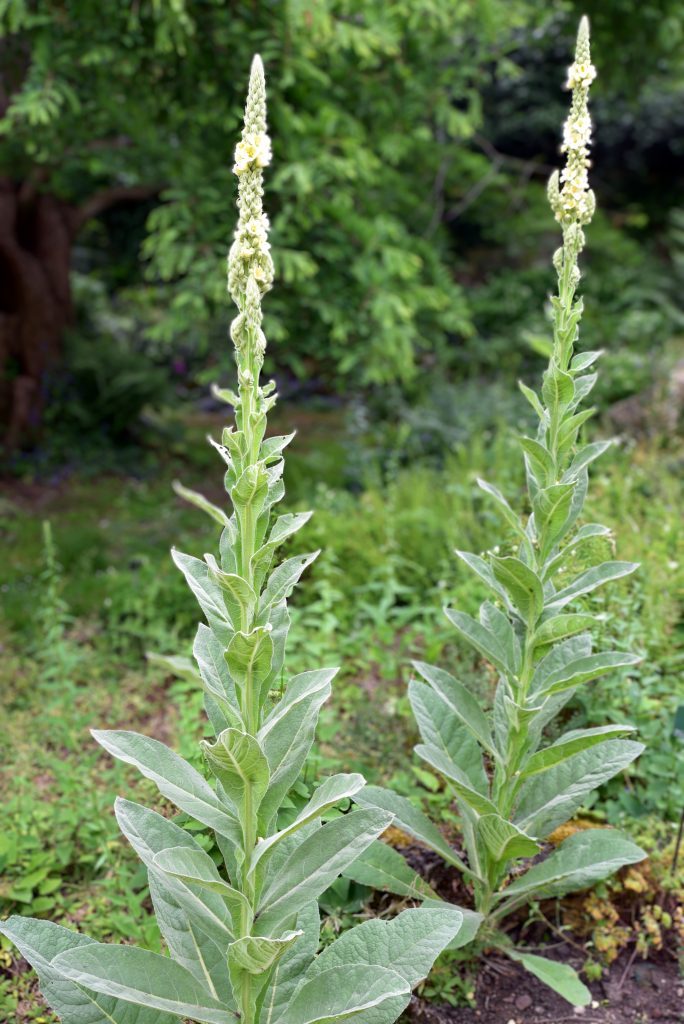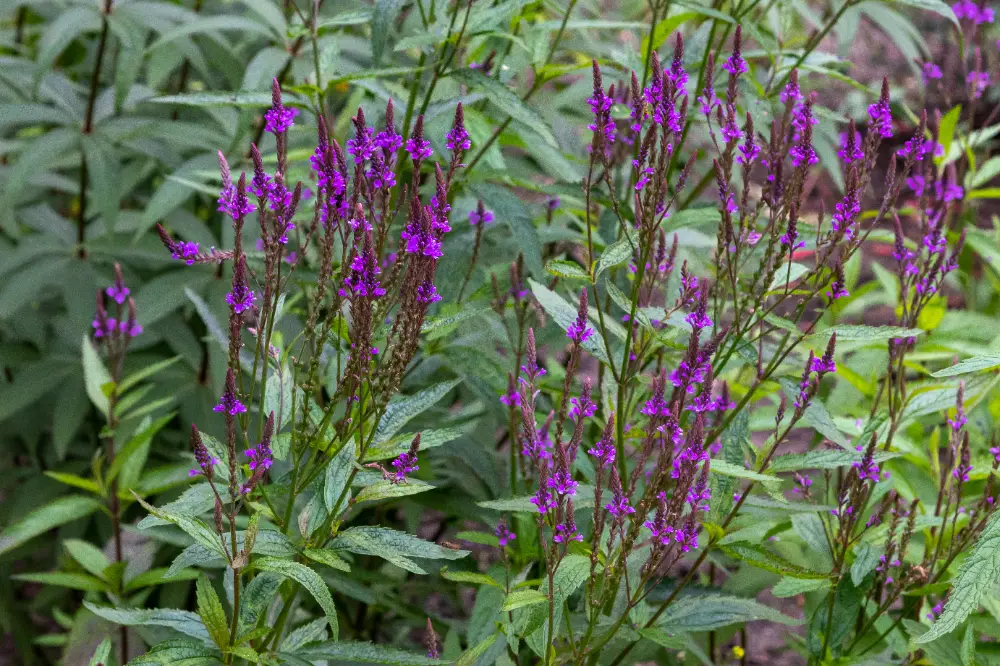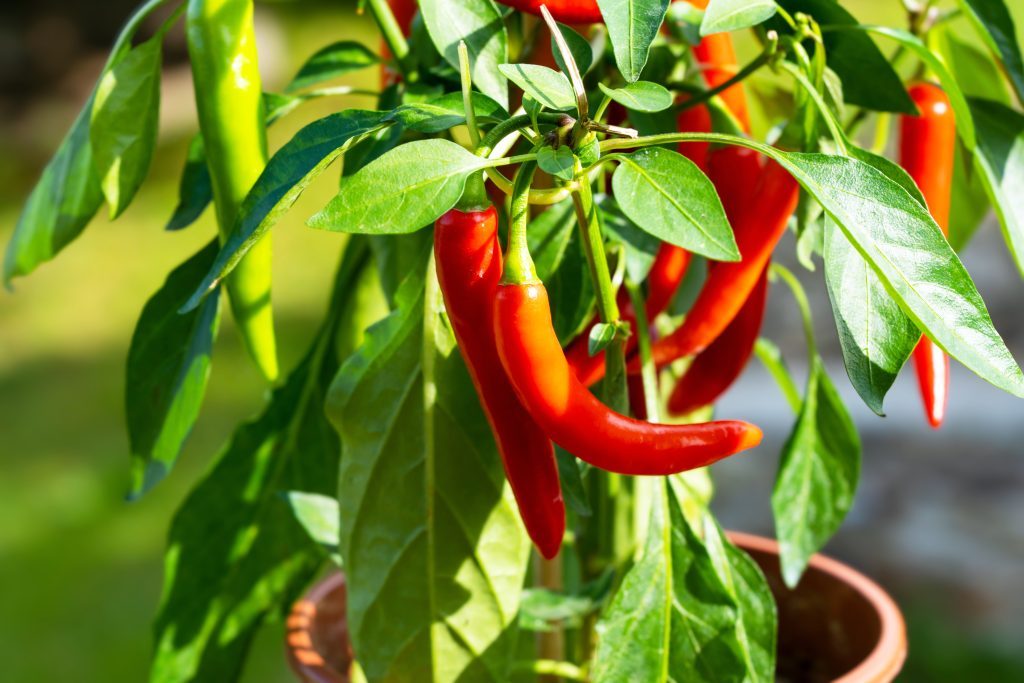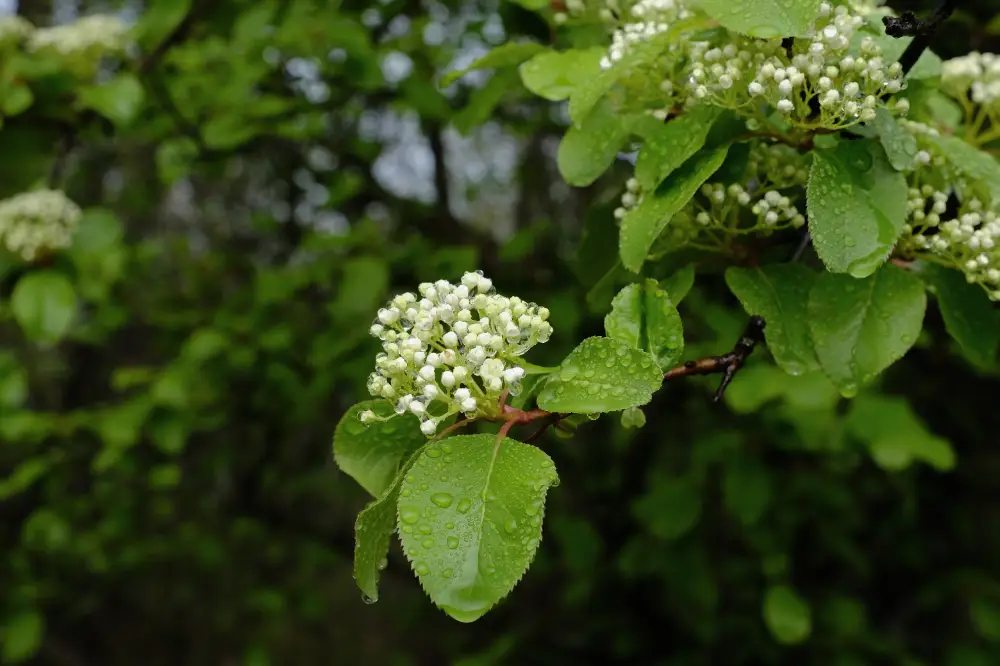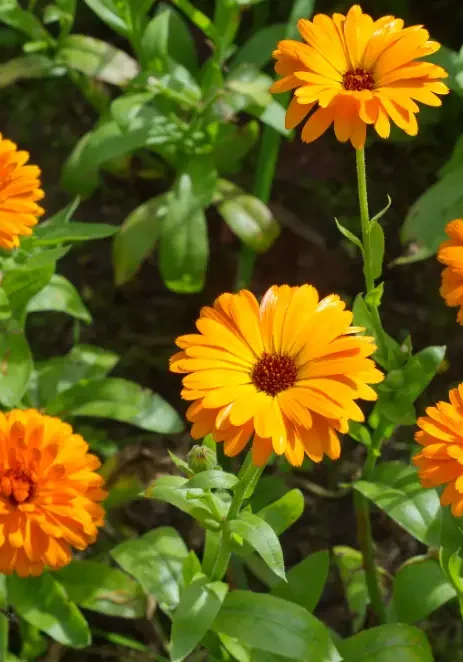
Calendula
Calendula officinalis
Asteraceae (Sunflower/Daisy Family)
Calendula, also known as marigold, is a cheerful herb with bright orange or yellow flowers.
Other names:
Pot Marigold, Garden Marigold, Husbandman’s Dial, Common Marigold.
Superpower
The superpower of Calendula officinalis lies in its exceptional ability to promote skin healing and reduce inflammation.
Uses
Wound Healing:
Calendula has been used for centuries as a wound-healing herb. Its flowers are applied topically to treat cuts, scrapes, burns, and insect bites. Calendula’s ability to stimulate collagen production helps accelerate the healing of wounds, while its antiseptic and antimicrobial properties prevent infection.
Skin Conditions:
Calendula is widely used in the treatment of skin irritations, such as eczema, psoriasis, dermatitis, and acne. Its anti-inflammatory properties help soothe inflamed skin, while its natural ability to hydrate and nourish the skin promotes overall skin health. It is commonly used in creams, ointments, and salves for treating rashes and sunburn.
Anti-inflammatory and Antiseptic:
Calendula has been traditionally used as an anti-inflammatory and antiseptic herb, particularly in treating minor infections and swelling. Calendula extracts are also used in mouthwashes to reduce inflammation in the gums and sore throat. In folk medicine, it has been used as an internal remedy for gastric ulcers and inflammatory digestive conditions.
Menstrual Support:
Historically, Calendula was used to help regulate menstrual cycles and alleviate menstrual cramps. Its gentle action on the uterus made it useful for supporting women’s reproductive health.
Digestive Health:
Calendula is also used as a mild tonic to support digestive health. It helps to soothe the mucous membranes of the digestive tract, making it useful for gastritis, ulcers, and other digestive issues where inflammation is present.
Cautions
General Considerations:
Calendula is considered a very safe herb, including for children. It is gentle enough for topical and internal use in infants and young children. There are no known serious side effects or drug interactions. However, individuals with allergies to plants in the Asteraceae family (such as daisies, ragweed, or chamomile) should use caution, as allergic reactions are possible.
Pregnancy and Breastfeeding:
Calendula is generally considered safe for topical use during pregnancy, but internal use should be approached with caution.
Known Chemical Constituents
Flavonoids:
Calendula contains flavonoids, such as quercetin and isorhamnetin, which have potent antioxidant and anti-inflammatory properties. These compounds help reduce oxidative stress and protect the body from damage caused by free radicals.
Triterpenoids:
The flowers of Calendula are rich in triterpenoids, such as faradiol and lupeol, which contribute to its anti-inflammatory and wound-healing properties. These compounds play a significant role in reducing swelling and promoting tissue repair.
Saponins:
Calendula contains saponins, which help to boost the immune system and contribute to the plant’s antimicrobial action. Saponins are also known to aid in healing skin and promoting cellular regeneration.
Carotenoids:
The bright orange and yellow color of Calendula flowers comes from carotenoids, such as beta-carotene and lutein, which are powerful antioxidants that support skin health and provide anti-aging benefits.
Essential Oils:
Calendula contains volatile oils that have antimicrobial and anti-inflammatory effects. These oils are part of what makes Calendula effective in treating minor wounds and skin irritations.
Polysaccharides:
Calendula’s polysaccharides are responsible for its immune-boosting and hydrating properties. They help to moisturize the skin and enhance overall tissue repair.
Bitter Resin (calendulin & caledin)
The two key compounds, calendulin and caledin. These resins contribute to Calendula’s anti-inflammatory, antiseptic, and wound-healing properties. Their bitter nature stimulates digestion and supports the body’s natural detoxification processes by promoting liver and gallbladder function. Bitter resins like calendulin and caledin also play a role in protecting the skin and enhancing its ability to repair itself.
Xanthophylls (lutein & zeaxanthin):
Xanthophylls are a class of oxygenated carotenoids found in Calendula officinalis. These pigments, including lutein and zeaxanthin, are responsible for the bright yellow and orange hues of Calendula flowers. Xanthophylls are known for their antioxidant properties, which protect cells from oxidative damage, particularly in the eyes, supporting eye health and reducing the risk of age-related macular degeneration. Additionally, they help maintain skin health by protecting against damage from UV radiation.
Botanical Description
Plant Type:
Calendula officinalis is an herbaceous annual or short-lived perennial plant that grows between 30 to 60 cm (12 to 24 inches) in height.
Leaves:
The leaves are simple, oblong, and slightly hairy with a sticky texture. They are alternately arranged along the stem, with the lower leaves being more oval and the upper leaves narrower and lance-shaped.
Flowers:
The flowers are bright yellow to deep orange and are composed of multiple layers of ray florets that resemble daisy-like heads. The flower heads can measure 5 to 7 cm (2 to 3 inches) in diameter. Calendula flowers bloom throughout the summer and fall and are known for their strong, distinctive fragrance. Each flower contains both male and female organs, making them hermaphroditic.
Stem:
The stem is green, branched, and somewhat hairy, often sticky due to glandular hairs. The plant tends to grow upright but may also spread out as it matures.
Root System:
Calendula officinalis has a fibrous root system, which helps it establish in various soil types, particularly in well-drained soils.
Habitat:
Calendula thrives in sunny locations and prefers well-drained soils. It is commonly found in gardens, fields, and wild spaces in temperate regions, though it is native to Southern Europe.
Fun Facts
Calendula officinalis has a long history of being used as a natural dye for fabrics and textiles.
Parts Used
Flower heads
Harvest
Best Time to Harvest:
Calendula flowers are best harvested in the late morning, after the dew has dried but before the heat of the day sets in. The flowers are at their peak potency when they are fully open, typically from mid-summer to early fall. The more you harvest Calendula, the more flowers it will produce, making it a highly productive plant.
Parts Used:
The flowers (petals and flower heads) are the most commonly harvested part of the plant. These contain the highest concentration of beneficial compounds such as flavonoids, carotenoids, and essential oils. While the petals are often used in skin preparations, the entire flower head may be harvested for making tinctures or infused oils.
Harvesting Method:
Gently pinch or cut off the flower heads using sharp scissors or garden shears. Be careful not to pull too hard, as you may damage the plant. Once harvested, spread the flowers in a single layer to dry in a well-ventilated area, away from direct sunlight. Drying can take several days to a week, depending on humidity. Store dried flowers in an airtight container for later use in teas, tinctures, salves, or oils.
Preparations
Infusion (Tea), Tincture, Oil Infusion, Salve, & Compress.
Sacred Rituals
Calendula petals can be used in ritual baths to cleanse and purify both the physical and energetic body. The petals, with their sun-like energy, are believed to draw in positivity and dispel negativity or darkness from one’s aura.
Affirmations
“I am filled with joy and abundance. Like the calendula flower, I bloom with resilience and optimism.”
Spiritual Associations
Calendula officinalis has long been associated with protection, healing, and purification in various spiritual traditions. The vibrant orange and yellow hues of Calendula’s flowers are believed to symbolize the sun, making it a powerful herb for invoking warmth, positivity, and clarity in spiritual practices.
Functions
A substance or agent that reduces inflammation in the body, soothing irritation, swelling, or redness in tissues.
Anti-microbial
A substance or agent that inhibits the growth of or destroys a broad range of microorganisms, including bacteria, viruses, fungi, and protozoa.
AntispasmodicA substance or agent that helps relieve or prevent involuntary muscle spasms, cramps, or contractions in smooth or skeletal muscles.
DemulcentA substance or agent that soothes and protects irritated or inflamed tissues by forming a protective film over mucous membranes.
Digestive & Elimination HealthThe overall well-being and optimal functioning of the digestive system, which includes the gastrointestinal tract, liver, pancreas, and other supporting organs. It encompasses the processes of breaking down food, absorbing nutrients, and eliminating waste, as well as maintaining a healthy balance of gut microbiota.
Emmenagogue (stimulate menstrual flow)An emmenagogue is a substance that stimulates or regulates menstrual flow and can help address menstrual irregularities or delayed periods.
HemostaticA substance or agent that helps stop bleeding by promoting blood clotting or constricting blood vessels.
LymphaticA lymphatic is a substance that stimulates or supports the flow of lymph, aiding in the removal of waste, toxins, and excess fluids from the body while enhancing immune function.
PhytoestrogenicA phytoestrogenic substance contains plant-derived compounds that mimic or modulate the effects of estrogen in the body by binding to estrogen receptors.
Skin Irritations SootheRefers to interventions or substances used to calm and alleviate discomfort from skin irritations such as redness, itching, or inflammation.
VulneraryA substance that promotes wound healing, helps repair damaged tissues, and aids in the recovery of cuts, scrapes, burns, or other skin injuries.

